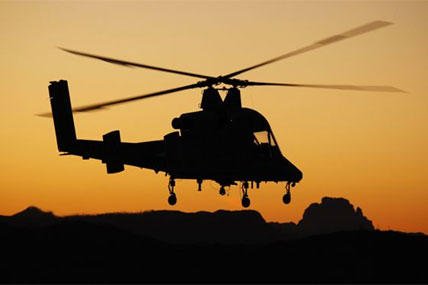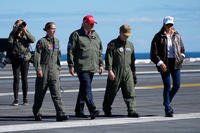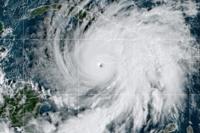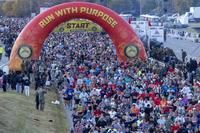A robotic helicopter has been quietly busy resupplying Marines on the battlefield and in remote locations in Afghanistan.
Truck re-supply convoys and their military escorts are frequently the target of improvised explosive devises and insurgent attacks; by replacing the traditional truck convoy, the unmanned K-MAX has already reduced the risk to U.S. forces by thousands of hours.
K-MAX's airdrops provide a safe, low-cost supply delivery method to get important medical equipment and food to troops. On Dec. 17, 2011, K-MAX became the first unmanned helicopter to fly a resupply mission, delivering approximately 3,500 pounds of cargo to Afghanistan.
With American towns and states scrambling to ban them, a new base planned for Africa, and debate over how President Obama can use them to eliminate terrorists, some wonder whether drones should be operated at all.
K-MAX is one reason to rethink such sweeping generalizations.
Since its debut in the war zones, the two autonomous K-MAX helicopters in use have flown more than 600 missions over 700 flight hours, and delivered more than 2 million pounds of cargo.
The unmanned helicopter is the result of a partnership between Kaman Corp. and Lockheed Martin, combining Kaman's high-altitude, rugged, heavy-lift K-1200 airframe with Lockheed Martin's mission management and control systems.
While it supports a pilot, K-MAX can fly by itself day or night and at higher altitudes with a larger payload than any other rotary wing unmanned craft, according to Lockheed Martin.
With its four-hook carousel, K-MAX can supply multiple locations in one flight and handle as much as 4,500 pounds of cargo per mission.
The sleek looking unmanned helicopter features a design emphasizing simplicity, dropping a tail rotor to alleviate stress to the frame. The 52-foot long helicopter travels at a top speed of about 115 miles per hour, with a 48-foot wingspan.
KMAX has a number of other firsts, including the largest payload airdropped via sling load from a helicopter (4,400 pounds) and the highest altitude flown, at 10,000 feet.
In May of last year, the aircraft performed a historic "hot hook-up," enabling personnel to attach cargo to the unmanned aircraft while in hover mode.
The hot hook-up continues to be regularly used to give K-MAX cargo to carry on the return flight, further increasing its efficiency.
Slated to remain in theater through March 2013, K-MAX's deployment has been extended twice so far, with an option to extend deployment until September.
K-MAX's performance has impressed more than the US forces as several NATO allies also have expressed interest in the unmanned helicopter.
What's next for K-MAX?
Lockheed Martin has been charged to develop a "supervised autonomy" ability, which may let the aircraft land in wind, weather and brown-out conditions – even surpassing the capability of human pilots.
The company has dubbed this initiative OPTIMUS, as in Open-Architecture Planning and Trajectory Intelligence for Managing Unmanned Systems -- not a reference to Transformer Optimus Prime.
OPTIMUS will give KMAX the ability to control itself while a human maintains supervisory control. This approach also has potential for giving other unmanned aircraft this capability and not just K-MAX.
In the civilian space, K-MAX also has a range of applications from helicopter logging and power line construction to ski-lift installations and even remote construction sites.
KMAX has enormous potential for emergency response missions too, ranging from firefighting and disaster relief to search and rescue.






























